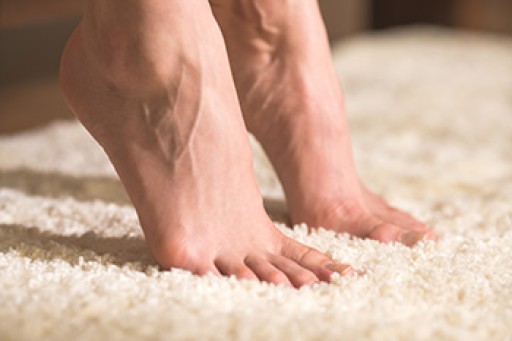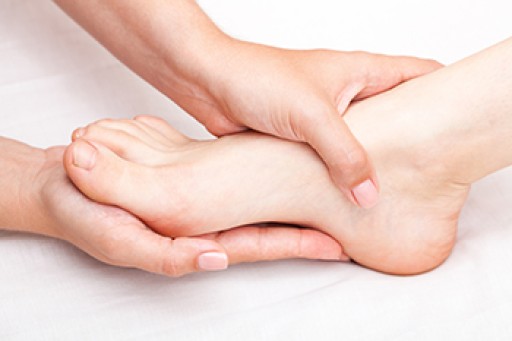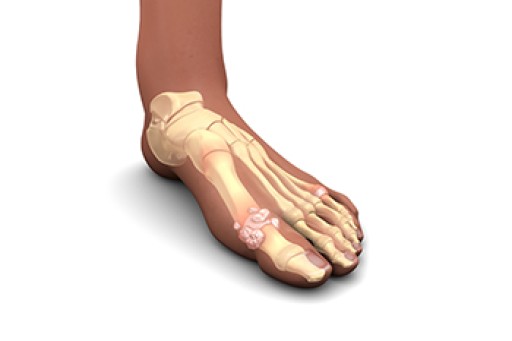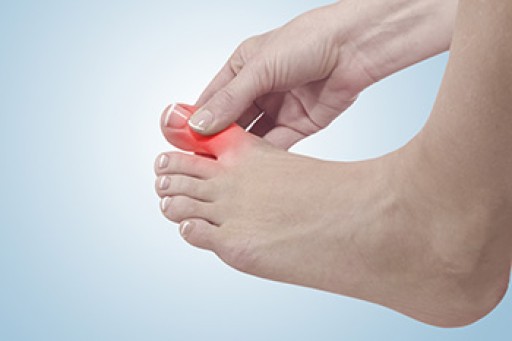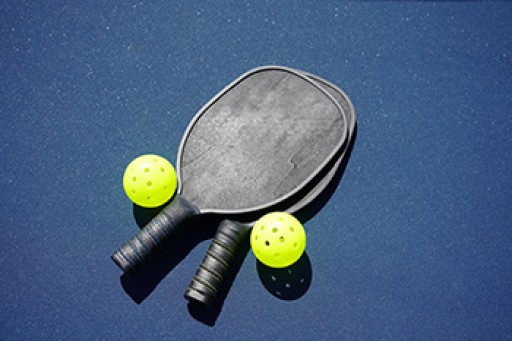
Many people incorporate appropriate leg exercises into their running regime, but may neglect their feet. The feet are the foundation of the body and provide balance and mobility for everyday activities. It is important for the feet to maintain strength, and this can be helpful in preventing painful injuries. Weak foot muscles may affect the arch and can result in plantar fasciitis, which causes severe pain and discomfort. Popular foot strengthening exercises consist of picking up marbles or curling a towel with the toes. These exercises can benefit both local and global muscles, and may lead to having a pain-free running experience. Many runners perform what is referred to as the short foot exercise. This is done by sitting in a chair with their feet on the floor, while bringing the ball of the foot toward the heel. It is important to refrain from crunching the toes, and this may help to shorten the specific muscles and ultimately strengthen the arch. If you would like more information about the importance of exercising the feet, it is suggested to visit a podiatrist.
Exercising your feet regularly with the proper foot wear is a great way to prevent injuries and build strength. If you have any concerns about your feet, contact Frank Henry, DPM from Marble Falls, TX. Our doctor can provide the care you need to keep you pain-free and on your feet.
Exercise for Your Feet
Exercise for your feet can help you gain strength, mobility and flexibility in your feet. They say that strengthening your feet can be just as rewarding as strengthening another part of the body. Your feet are very important, and we often forget about them in our daily tasks. But it is because of our feet that are we able to get going and do what we need to. For those of us fortunate enough to not have any foot problems, it is an important gesture to take care of them to ensure good health in the long run.
Some foot health exercises can include ankle pumps, tip-toeing, toe rises, lifting off the floor doing reps and sets, and flexing the toes. It is best to speak with Our doctor to determine an appropriate regimen for your needs. Everyone’s needs and bodies are different, and the activities required to maintain strength in the feet vary from individual to individual.
Once you get into a routine of doing regular exercise, you may notice a difference in your feet and how strong they may become.
If you have any questions please feel free to contact our office located in Marble Falls, TX . We offer the newest diagnostic and treatment technologies for all your foot and ankle needs.
